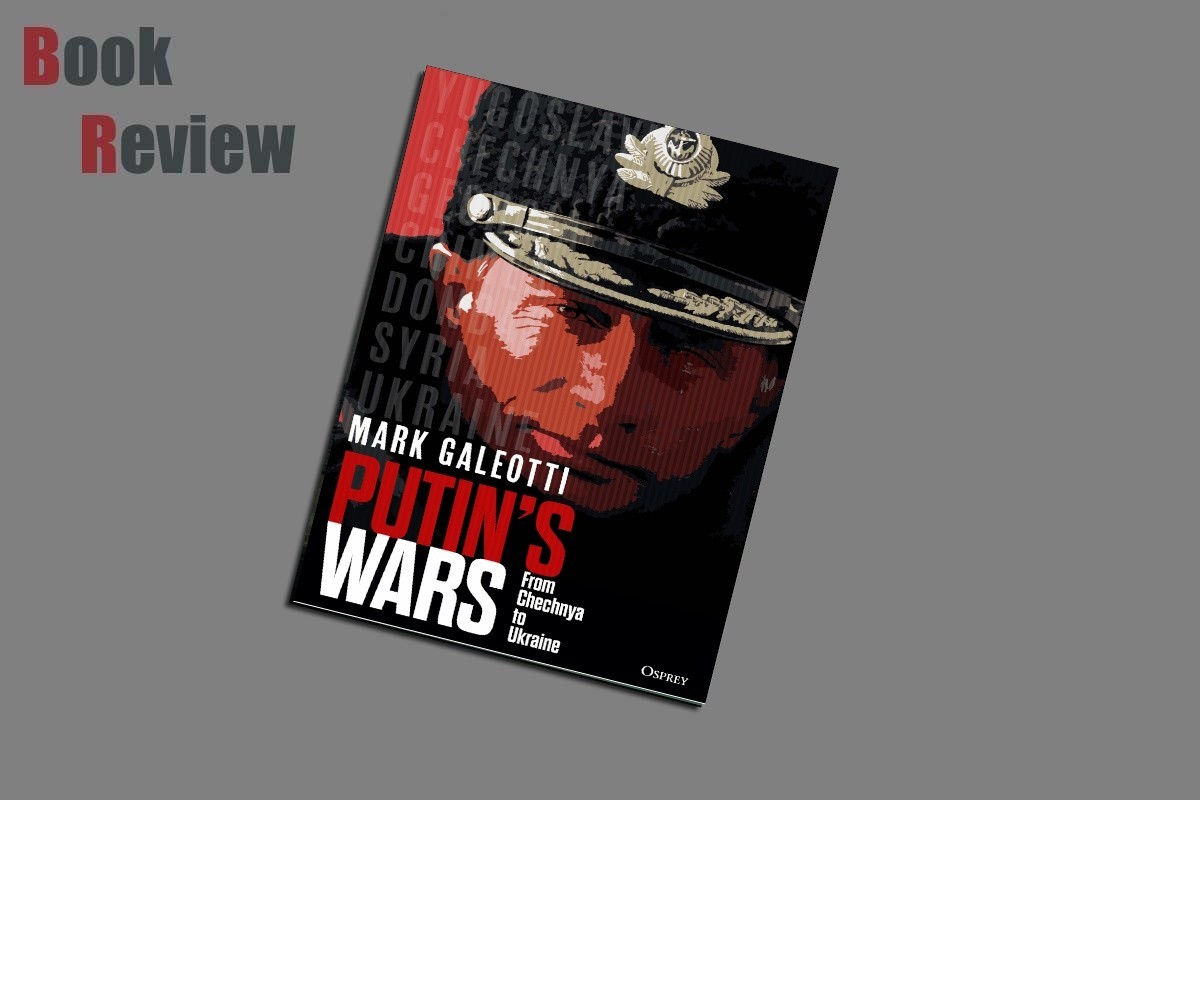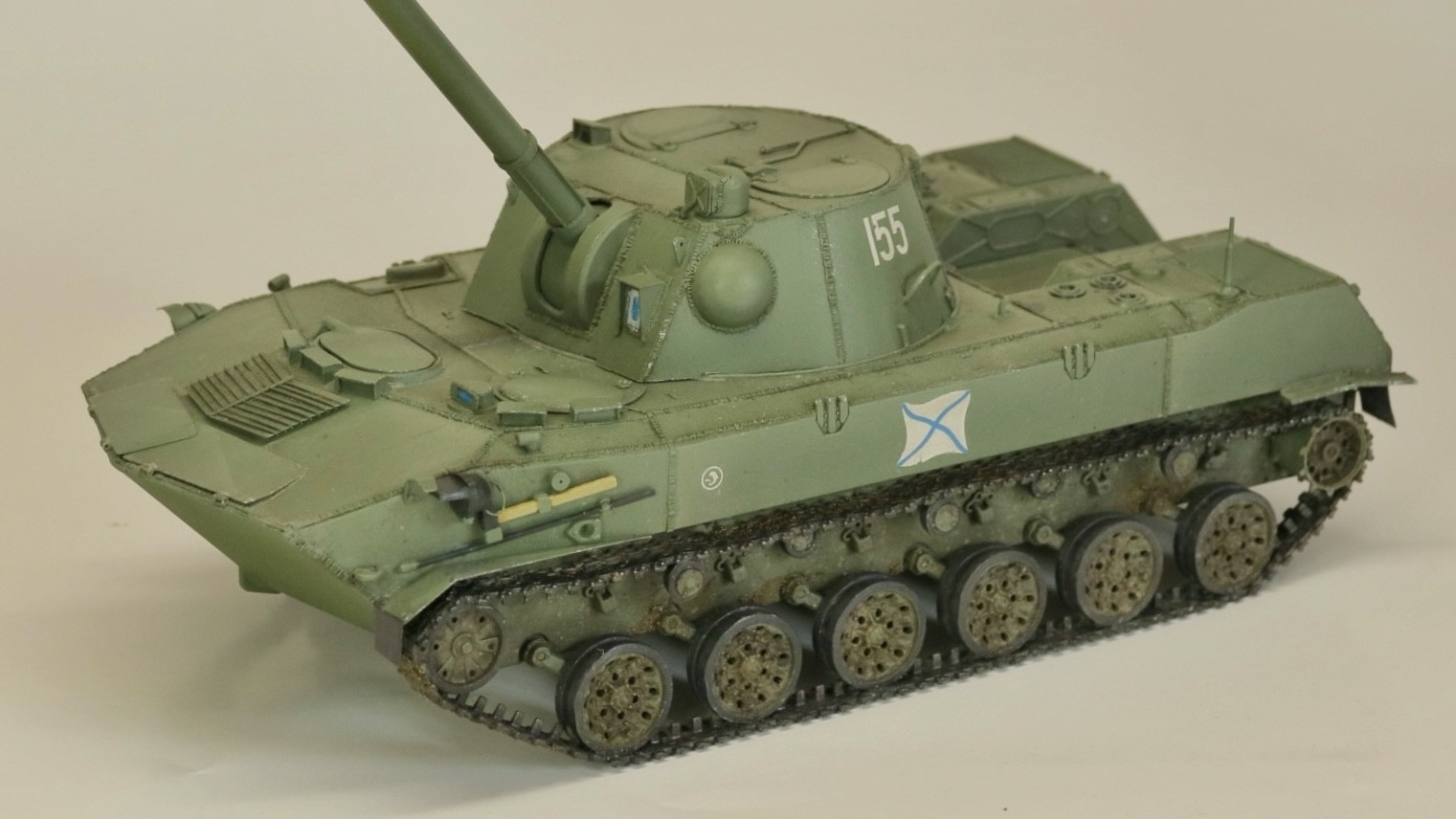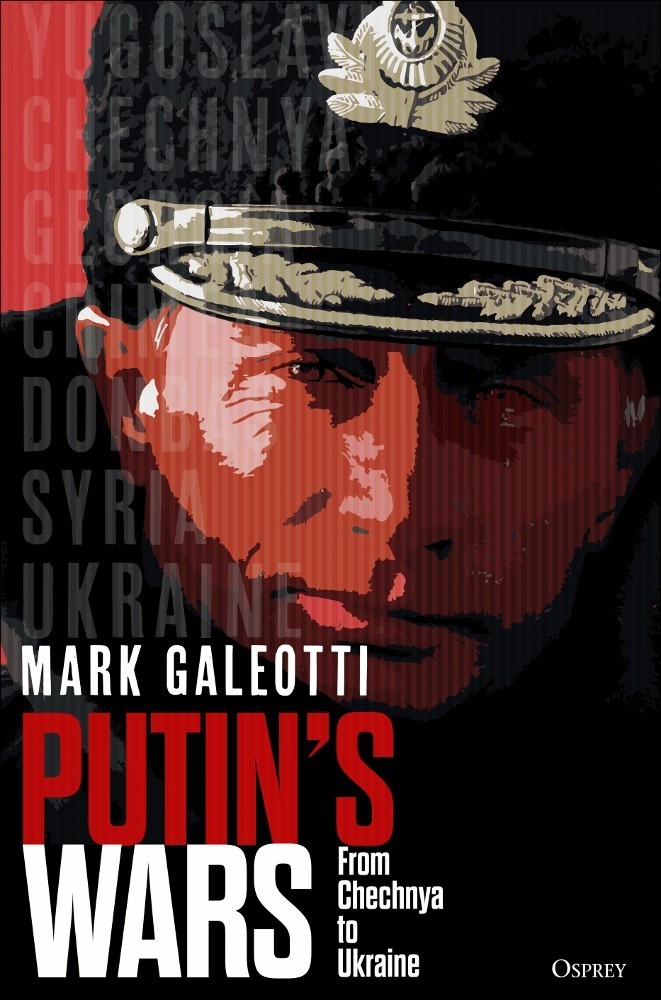
Introduction
Putin’s Wars:From Chechnya to Ukraine – by Mark Galeotti, as reviewed by Samuel Weaver [Spitfire]
With Russia, Ukraine, and the broader situation in Eastern Europe at the top of the world’s consciousness since Russia invaded Ukraine in February 2022, I’ve been looking for a single book that will bring me up to date on the situation and allow a deeper understanding of the current conflict. I’m pleased to say that this is that book. A fascinating overview of post-Soviet Russia, its military capabilities, and most importantly, its national psyche, Galeotti succeeds in giving the reader an overview of the last thirty years of Russian history and how Putin has led the world’s largest country.
When trying to understand what this book is about based on the title, I found it’s best to think of it as about Russia’s wars since 1990, not a book about Putin himself. Perhaps that’s obvious to other readers; personally, I started reading expected an expose on Putin himself and how his personality, leadership style, and national goals manifested themselves in the wars he led his country into. But this book is mainly an up-close study of the Russian Federation’s military structure and how it has fared on the battlefield. That said, Galeotti definitely incorporates some of the more personal elements into the book, particularly in the last few chapters. The thoughts below are a review of the book, but also an overview of the thoughts the book spawned, and the thought sit may provoke in your own mind.
The book, which is 364 pages exclusive of end notes and the index, covers every major Russian engagement since the fall of the Soviet Union. There are several maps and a center section with forty color photos. Beginning with Yeltsin’s presidency and the coups and political wranglings of the early post-Soviet years, he lays the groundwork for understanding modern Russia by examining the First Chechen War in detail. That war, which ended as something of a pyrrhic victory for the Russians, was nevertheless a study in the Russian way of war. Through the next chapters, Galeotti shows how the Russians refined their tactics so as to avoid repeating that war, but nevertheless retained the key features of Russian “hot war” military doctrine that have persisted since the Great Patriotic War: armor, artillery, and a meat-grinder approach, never technologically superior, but nearly always with deeper resources and determination than their enemies.
Content
Galeotti then examines the Russian involvement in Moldova, the creation of Transnistria, military action in Tajikistan, and the NATO intervention in the Balkans. In examining these conflicts, he does an excellent job showing how Russia evolved the after the Soviet era, trying to find its place among the nations, and above all, preserve its national pride and at least a modicum of influence in foreign affairs.
The book really swings into gear once Putin is in power. Galeotti leads us through the personnel Putin brought into power with him and how they fared during the Second Chechen War. He then chronicles the annexation of Crimea, the intervention in the Donbas region, Russian attempts to exert influence outside their region in Syria, and finally the 2022 invasion of Ukraine. Through that tangled history he does a masterful job of showing both the granular evolution of the battlefield tactics and military structures of the Russian Federation and how these military adventures fit into Putin’s larger goals for Russian influence. We see a Russia that, depending on your perspective, may have presented NATO with a brief opportunity to complete the work of détente begun by Gorbachov, perhaps culminating in complete NATO membership or more simply a treaty relationship. However, a serious of miscommunications on both sides ensured that the oppositional relationship of the Cold War era continued, albeit at a much lower, and thankfully non-nuclear, intensity.
Throughout this military history discussion, Galeotti takes the reader on a breathtakingly detailed tour of the Russian military structure and doctrine. His years of prior work have clearly given him an immense understanding of how this often-mysterious military works. I particularly enjoyed his discussions of conversations he’d had with Russian military men at different levels of service, how they viewed reforms, what they thought of Putin, and their overall attitude. This is the kind of expertise an author can’t fake—you’ve either had these conversations and done the work to cultivate trust and relationships, or you haven’t. Galeotti has, and it shows. And his facility with all ranks of the Russian military and all types of materiel is equally impressive. An aviation buff myself, I was frequently whipping out my phone to Google names of aircraft and helicopters he described, and how they fit into the Russian war machine. In short, this book isn’t all high-level history and theory; he gets down into the details too. Both types of readers will be happy.
In Galeotti’s hands, Putin’s military adventures in surrounding nations begin to appear more cohesive and intentional—even as the reader unavoidably disagrees with them on a moral or strategic level. We begin to understand why a proud and once-dominant nation like Russia would seek to carve out its own sphere of influence in Georgia, Moldova, Tajikistan, Ukraine, and Syria in the face of a NATO alliance that appeared committed to continuing its Cold War policies. But as “understandable” as these actions may seem, Galeotti also shows how they were executed with a ferocity, single-mindedness, and brutality all too Russian. From the repression of Chechnya — twice — to the cultivation of destabilizing influences in neighboring countries so as to retain political cover for intervention, if necessary, we see a distinctly Russian type of realpolitik that can at times resemble U.S. foreign policy in the western hemisphere, but with a signature brutal twist.
Putin’s ambitions appear distinctly regional: ensure the safety of the Russian motherland by creating a buffer zone of countries who are either directly loyal or indebted to Moscow or terrified into neutrality. Galeotti argues that the Russian intervention in Syria represented an expansion of these regional ambitions and an attempt to exert power on a global scale, and in direct opposition to the United States and its allies. This gives the reader much to think about. While it’s certainly plausible, Galeotti also describes how Turkey increasingly vies with Moscow for regional dominance in Eastern Europe, and the war in Syria may have been as much about ensuring that Assad’s Syrian regime remained a thorn in Ankara’s side as about putting a stick in the eye of the United States.
Galeotti also does an admirable job showing how Russia and the West face the same threat from radical Islam. In fact, Russia has been dealing with this threat — internally in Chechnya and externally in Afghanistan — for longer than the West. But there has been precious little cooperation between the powers. Early in his presidency, Putin seems to have expected this would be a unifying element between NATO and the Russian Federation. But that did not occur. Why not? Galeotti stops short of giving a neat answer, but he lays out the pieces in an intriguing way that encourages further study.
In fact, that sums up the whole book very well. This is not a polemical book. While Galeotti, like most of us, is clearly no fan of Vladmir Putin, he treats him fairly, relates the facts, and lets the reader understand what has happened. Sometimes, such as with the campaigns in Chechnya the maneuvering in Transnistria, or the 2022 invasion of Ukraine, Putin comes out looking quite bad. In others, the reader is forced to at least admit that Russia has its own national security interests and goals not at all unlike those of the United States and its “Monroe Doctrine.”
Often, after an evening with this book, I put it down with the admonitions of retired U.S. Army Lieutenant General H.R. McMaster going through my head: when looking at the world, do so through the lens of “strategic empathy.” In other words, realize that other nations, particularly our adversaries, are individual nations with their own histories, cultures, insecurities, and interests. It is dangerous to assume that the nations of the world entirely lack agency and do nothing but respond to the actions and priorities of the United States. This book helped me put that into practice and really begin to understand 21st century Russia. It is a proud country but a humbled country; together, those two things should be handled with care.
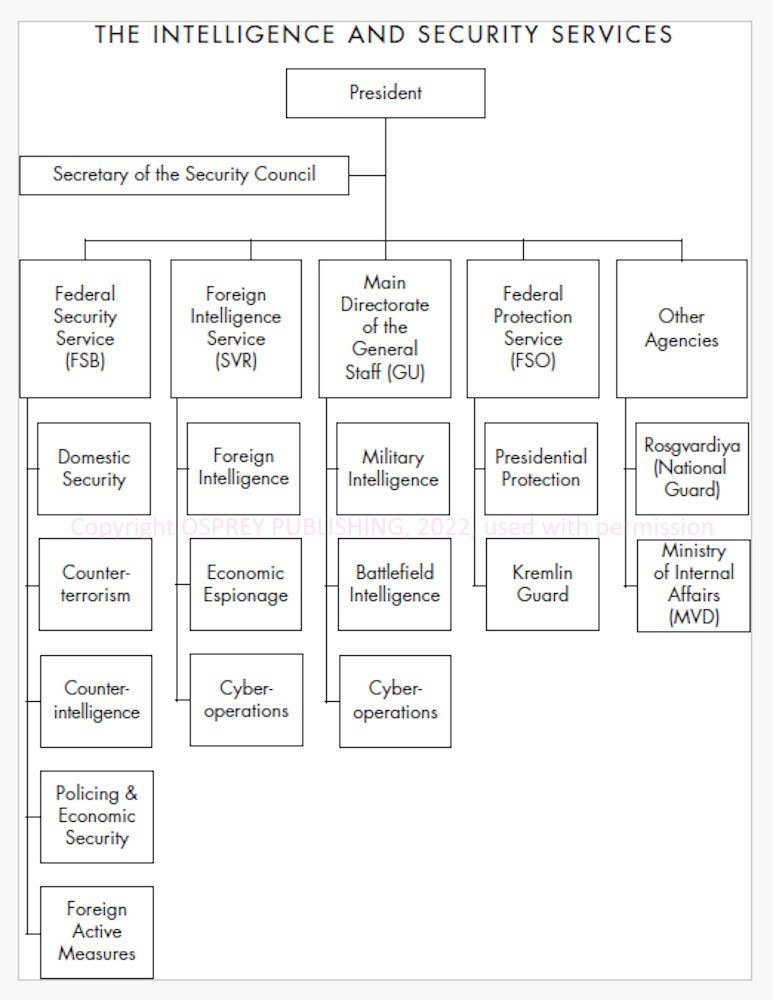
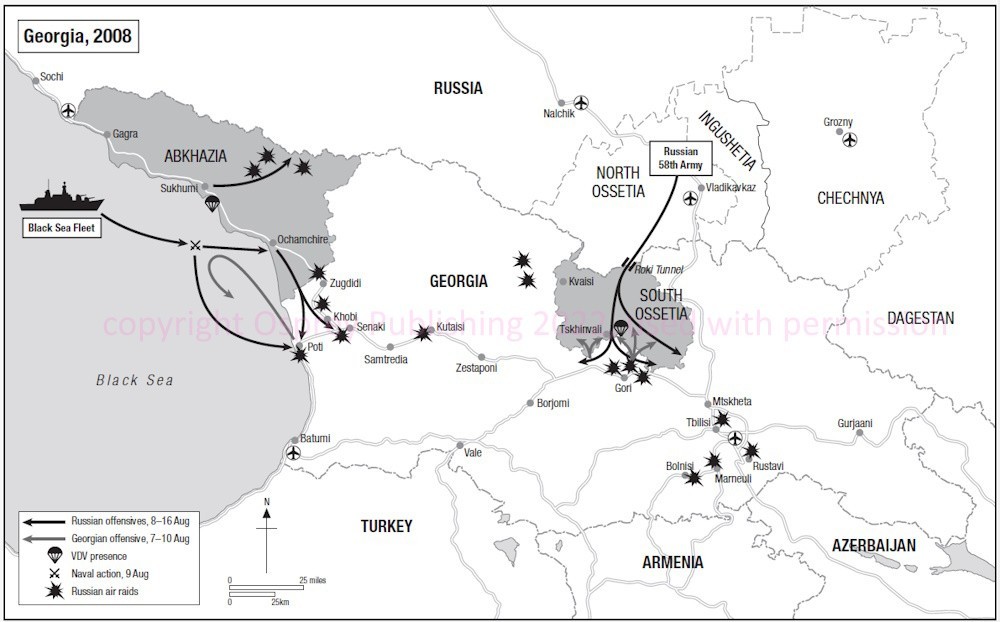
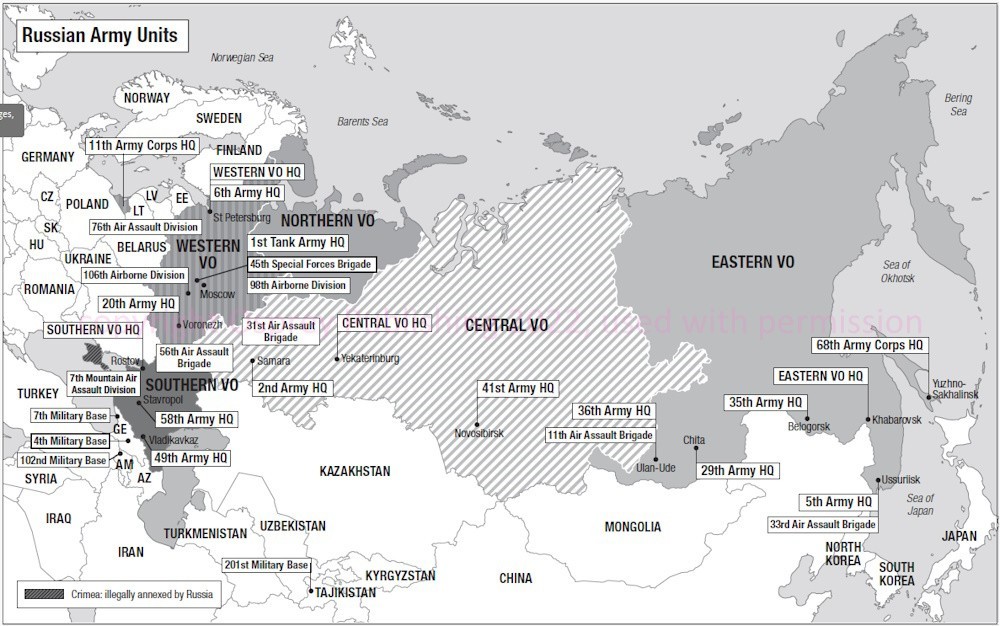

Conclusion
Overall, this is a fantastic book to being building those theoretical frameworks or “shelves” in your brain to facilitate further study of this topic. I can’t comment on whether Galeotti gets his history wrong. To the degree I’m aware of Cold War and Eastern European history, everything checked out. But the main value to me of this book was in facilitating further study.
If you pick up this book (which I highly recommend), recognize that it can get very granular on detail that some readers may not care all that much about. For example, he extensively studies the military reforms of different administrations in Putin’s government, and details such as the elimination of division-level military units and its effect on battlefield capability. This kind of detail is interesting to many people; I am not one of them.
My only other criticism is slightly unfair because it is technically beyond the scope of the book. At several points, Galeotti refers to a generalized Russian insecurity, a feeling that “they” are out to get the Russians, and therefore the country must maintain a prickly foreign policy and robust military. I would have liked to have seen that idea developed a bit more, because I think that’s where the real key to understanding Russian foreign policy lies. Where did this idea come from? It’s widespread, but how long has it been so? I recognize this could be a book on its own, but it would have been nice to see this idea studied further to help contextualize the raw facts in the rest of the book.
Overall, I highly recommend this book. It’s a great intro into understanding the Russian Federation. According to the Introduction, the book had been finalized when Putin invaded Ukraine in February 2022, requiring Galeotti to edit the manuscript to account for the facts up to that time. This makes the book’s coverage of the Ukraine invasion unavoidably sparse. But the strength of the final two chapters and their analysis of Putin himself and his possible future actions makes up for this. I’d highly recommend you add this book to your reading list.
Please remember to mention to retailers and Osprey that you saw this product here - on Armorama.











